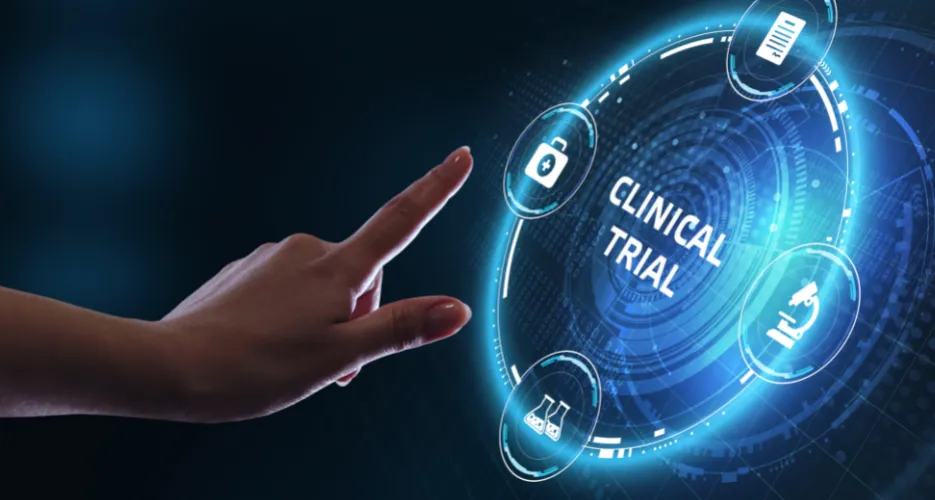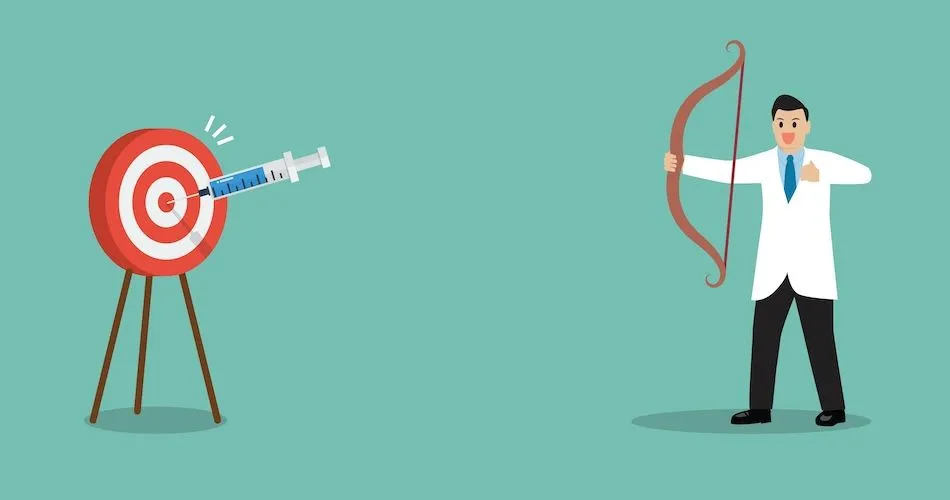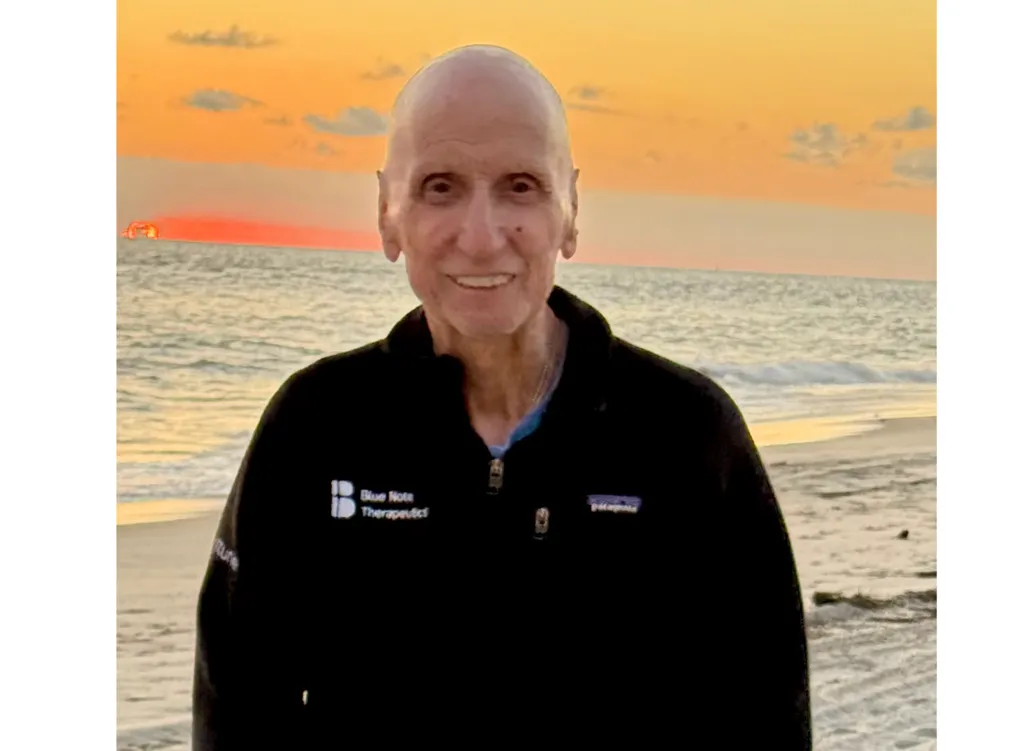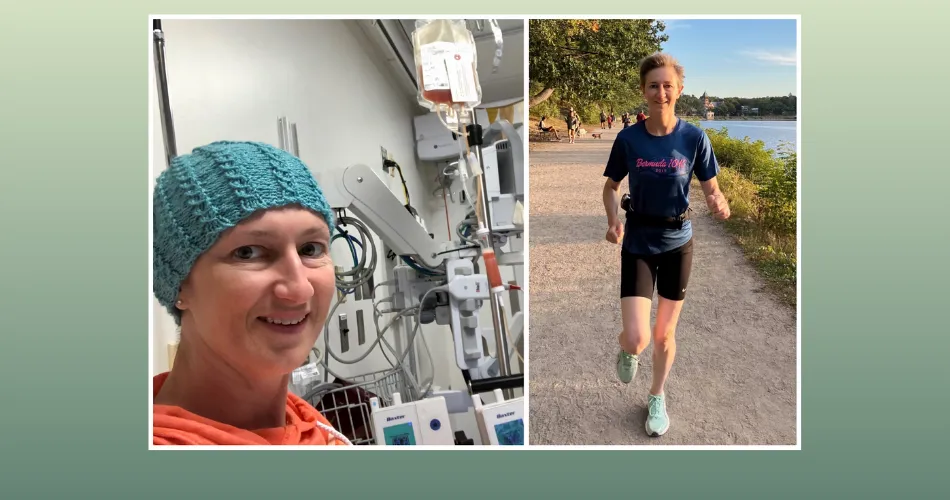Bisantrene Combination Therapy A Promising Treatment For R/R AML

About 50% of all AML patients who have achieved remission will relapse after their initial treatment. This can occur several months or even several years after treatment completion. A majority of relapses occur within 2-3 years after remission. Relapse often results in a 4-6 month survival period. Data suggests that more than 65% of patients younger than 60 will reach remission.
A New Trial
Race Oncology has recently announced promising results for a Phase 2 trial for relapsed/refractory AML patients. Bisantrene is used in combination with fludarabine and clofarabine in relapsed or refractory acute myeloid leukemia patients. It is administered over a 4-day period. It has been shown to be safe and effective.
Bisantrene works with and disrupts the configuration of DNA. This allows for DNA strand breaks and the disruption of DNA cancer cell growth. In an ongoing Phase 2 trial (NCT03820908), its combination with fludarabine and clofarabine produced a 40% rate of patients receiving a stem cell transplant within 1-3 months of treatment.
Professor Dr Anoop Enjeti, Director of Haematology at the Calvary Mater Newcastle and John Hunter Hospitals commented: "This clinical trial of bisantrene in combination with intensive chemotherapy produced very encouraging results in younger AML patients with advanced relapsed, refractory and resistant acute myeloid leukemia (AML). Many of these patients achieved complete or partial remission, enabling a significant proportion to go on to a bone marrow transplant. These impressive results provide proof of concept supporting further trials of bisantrene in combination with other AML treatments to improve outcomes for this leukemia."
The Patient Statistics
The median age of patients was 48, and the prior lines of therapy were 4. Side effects included:
- Neutropenic fever (higher than 101 F or 38.3 C).
- Liver toxicity that resolved with conservative therapy.
- Hair loss.
- Bone marrow suppression and vomiting.
- Rash and inflammation of the mouth.
- Mild fluid retention.
- No clinically relevant cardiotoxicity or tumor lysis syndrome was found.
Relapsed/refractory AML remains a therapeutic challenge. Induction chemotherapy can be effective, but remission does not always remain. Bisantrene has shown significant advancement in the treatment of R/R AML. Continued results are positive.
“Race will present its impressive Acute Myeloid Leukaemia clinical trial results at the 65th American Society of Hematology Annual Conference next month (December 9-12, 2023)."
HealthTree CureHub
At HealthTree, we believe that patients are powerful and have an opportunity to contribute to research in an incredibly unique way. HealthTree Cure Hub empowers patients with the knowledge to actively participate in their health journeys while providing researchers with valuable insights from real-world experiences. HealthTree Cure Hub connects patients and researchers to not only accelerate the development of innovative treatments but also lays the foundation for a future where more educated patients and research leads to more effective and personalized cures. Visit HealthTree Cure Hub today to become an active participant in your care and contribute your unique experience to researchers to move closer to a cure.
For assistance setting up your HealthTree Cure Hub account, reach out to our patient navigation team by phone: 1-800-709-1113 or email: support@healthtree.org
About 50% of all AML patients who have achieved remission will relapse after their initial treatment. This can occur several months or even several years after treatment completion. A majority of relapses occur within 2-3 years after remission. Relapse often results in a 4-6 month survival period. Data suggests that more than 65% of patients younger than 60 will reach remission.
A New Trial
Race Oncology has recently announced promising results for a Phase 2 trial for relapsed/refractory AML patients. Bisantrene is used in combination with fludarabine and clofarabine in relapsed or refractory acute myeloid leukemia patients. It is administered over a 4-day period. It has been shown to be safe and effective.
Bisantrene works with and disrupts the configuration of DNA. This allows for DNA strand breaks and the disruption of DNA cancer cell growth. In an ongoing Phase 2 trial (NCT03820908), its combination with fludarabine and clofarabine produced a 40% rate of patients receiving a stem cell transplant within 1-3 months of treatment.
Professor Dr Anoop Enjeti, Director of Haematology at the Calvary Mater Newcastle and John Hunter Hospitals commented: "This clinical trial of bisantrene in combination with intensive chemotherapy produced very encouraging results in younger AML patients with advanced relapsed, refractory and resistant acute myeloid leukemia (AML). Many of these patients achieved complete or partial remission, enabling a significant proportion to go on to a bone marrow transplant. These impressive results provide proof of concept supporting further trials of bisantrene in combination with other AML treatments to improve outcomes for this leukemia."
The Patient Statistics
The median age of patients was 48, and the prior lines of therapy were 4. Side effects included:
- Neutropenic fever (higher than 101 F or 38.3 C).
- Liver toxicity that resolved with conservative therapy.
- Hair loss.
- Bone marrow suppression and vomiting.
- Rash and inflammation of the mouth.
- Mild fluid retention.
- No clinically relevant cardiotoxicity or tumor lysis syndrome was found.
Relapsed/refractory AML remains a therapeutic challenge. Induction chemotherapy can be effective, but remission does not always remain. Bisantrene has shown significant advancement in the treatment of R/R AML. Continued results are positive.
“Race will present its impressive Acute Myeloid Leukaemia clinical trial results at the 65th American Society of Hematology Annual Conference next month (December 9-12, 2023)."
HealthTree CureHub
At HealthTree, we believe that patients are powerful and have an opportunity to contribute to research in an incredibly unique way. HealthTree Cure Hub empowers patients with the knowledge to actively participate in their health journeys while providing researchers with valuable insights from real-world experiences. HealthTree Cure Hub connects patients and researchers to not only accelerate the development of innovative treatments but also lays the foundation for a future where more educated patients and research leads to more effective and personalized cures. Visit HealthTree Cure Hub today to become an active participant in your care and contribute your unique experience to researchers to move closer to a cure.
For assistance setting up your HealthTree Cure Hub account, reach out to our patient navigation team by phone: 1-800-709-1113 or email: support@healthtree.org

about the author
Lisa Foster
Lisa Foster is a mom of 3 daughters and 1 perfect grandchild, a puzzle lover, writer and HealthTree advocate. She believes in the mission of the foundation and the team that builds it forward. She calls Houston, Texas home.
More on Clinical Trials
Trending Articles

Get the Latest Acute Myeloid Leukemia Updates, Delivered to You.
By subscribing to the HealthTree newsletter, you'll receive the latest research, treatment updates, and expert insights to help you navigate your health.
Together we care.
Together we cure.
3x Faster.











